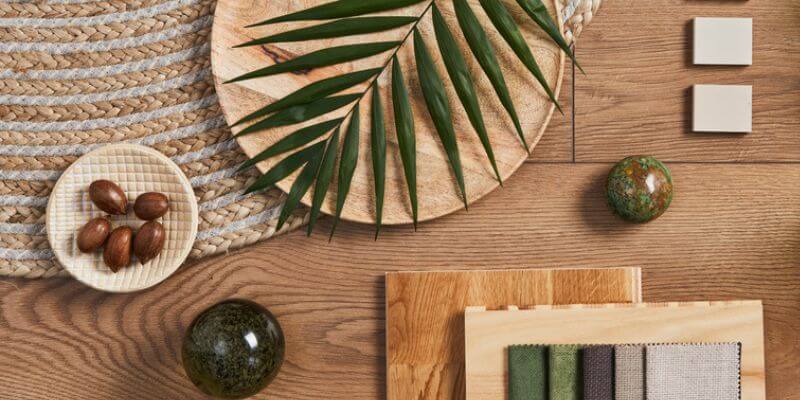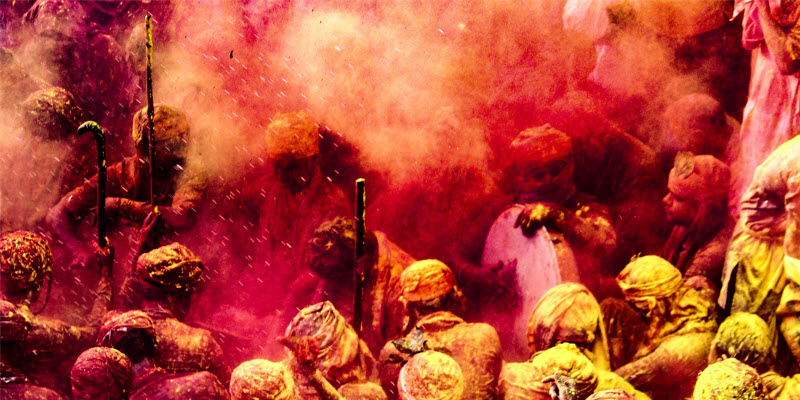7 ways I use Colour & Design Psychology in my consulting

Karen Haller

I’m always asked by designers and creatives how they can practically use colour & design psychology in their work. This question often comes because they design intuitively but they notice they can get a bit stuck when their client asks them to explain their decisions or how they have come up with their designs.
They are noticing that saying ‘trust me’ isn’t cutting it anymore and they need a new language to explain what they are doing in a way their clients understand.
So I thought I’d share the 7 ways I use colour & design psychology practically every day in my business to help support my own clients to achieve the outcomes they are looking for and also how I use colour & design psychology as a framework that supports me to do my design work with more ease and efficiency in delivering repeatable results my clients love.
Here are 7 core ways I use colour & design psychology in my consultancy work
1. Uncover colour + design style my clients ‘really’ want
I remember being told in my interior design training that our clients don’t know what they want, it’s for us to tell them. In my experience our clients do know what they want. They often struggle to find the words to articulate it.
That’s why the first step in my colour & design psychology framework is an analysis which allows me to uncover what my client really wants but might not have the words to express.
Through asking key questions and actively listening I uncover exactly what my clients want in a way that leaves no room for doubt or surprises further down the track and I have complete clarity on my client’s objectives and desired outcomes.
This helps me identify potential pitfalls down the track which is one of my superpowers and a skill that comes from my project management background.
2. Remain objective
A common challenge I hear from designers is that they present designs to their client and they don’t like them and we can take that personally and it can be really hard. And often what is inadvertently happening is, we have allowed our personal tastes, likes and dislikes to influence our clients’ designs.
That’s why I love using my colour & design psychology framework because it removes that entirely and I can remain completely objective every time I’m getting a brief from a client.
The framework allows me to remain objective throughout the entire project from the analysis phase through to the testing and measuring phase to the final sign off of the project.
3. Back up my intuition
When I look at a design and I have a gut feeling something doesn’t look or feel right, that’s my intuition telling me something’s not right. I hear this from designers all the time. They are very intuitive and they will sense when something isn’t quite right when working with a client’s brief or at any stage of the project.
But what can happen is when we try to explain something to our clients we don’t have the logic and rationale to back up those gut feelings.
That’s where colour and design psychology is indispensable in my work because it gives me the logic and rationale behind my gut feeling so when I’m delivering my results and my schemes, I can articulate specifically why I have chosen the colours and design style in a way my client understands.
4. Future-proof designs
Gone are the days when clients were happy with schemes based on this year’s trends to redo it all again next year, or timeless designs being limited to just using ‘neutrals’. That just doesn’t cut it anymore.
So one of the ways I use colour and design psychology is by creating unique, authentic personalised designs that do stand the test of time without having to rely on the latest ‘must have’ colour which ultimately creates fleeting short-lived creations.
5. Deliver measurable results
I’ve been told many times you can’t measure colour, but I’ve worked out a way and that’s part of my colour and design psychology framework.
The final step in my work is reviewing the results and measuring them against the desired outcomes that were gathered in the analysis phase which could be through measuring changes in behaviour, well-being, productivity, sales or revenue depending on what outcomes my client wanted.
Like any good project manager, I always finish by testing and measuring. At this review stage it becomes clear if any tweaks or adjustments need to be made.
6. Complement Biophilic design
Biophilic design is often interpreted as just being green and wood. It is much more than that. I use colour and design psychology to complement and amplify people’s ability to use biophilic design as colour and design psychology is also a nature-led methodology. It allows me to deliver unique designs that utilises nature’s full gamut of colours and design styles which go far beyond green and wood.
7. Troubleshoot
Everything I mentioned above is what I use in the process from start to finish with my clients.
But often I’m brought in by architects, designers, brand or marketing teams either part-way or near completed projects when something isn’t working. It could be when a client is rejecting what they are being shown, don’t understand why they are being offered the schemes they are or they aren’t getting the results they wanted.
So I come in and use my colour and design psychology framework to see where the issues lie so that we can find a solution and fix it for the person who has hired me and the client they are serving.
When people discover the colour and design psychology methodology it changes the way they are able to interact with their clients, create designs clients love and do that on repeat. As you’ve seen above, it takes out the guesswork, it removes misunderstandings and really allows you to listen deeply to what your clients want so you can deliver on it, which results in a happy client and a happy you.
If you are looking for a consultant to come in and help you shape and deliver your next interiors project, new product launch or rebrand, or you’re a designer and you would like to use this methodology in your own practice, then book in for a complementary Business Growth Call.
Colourfully yours,
Karen


